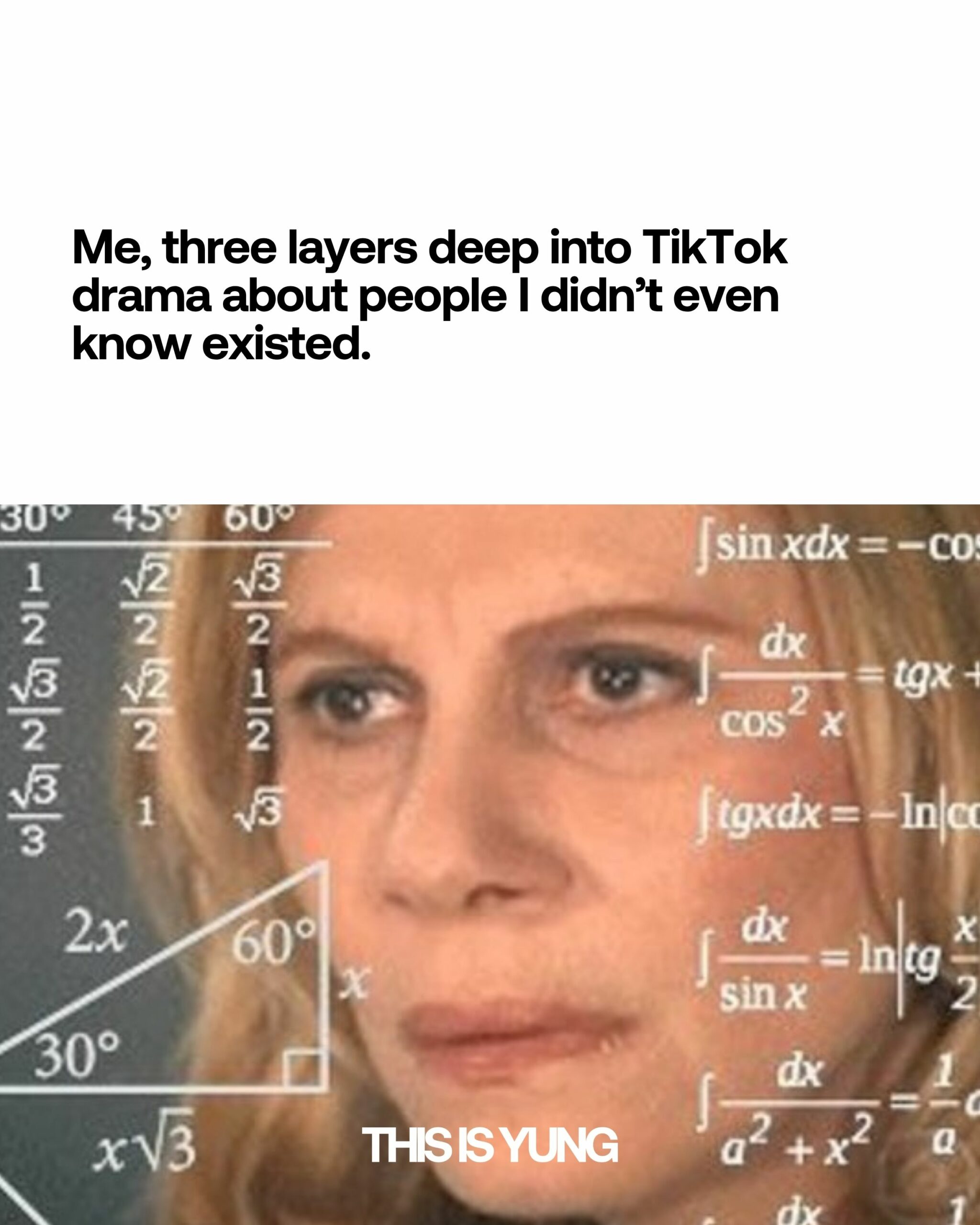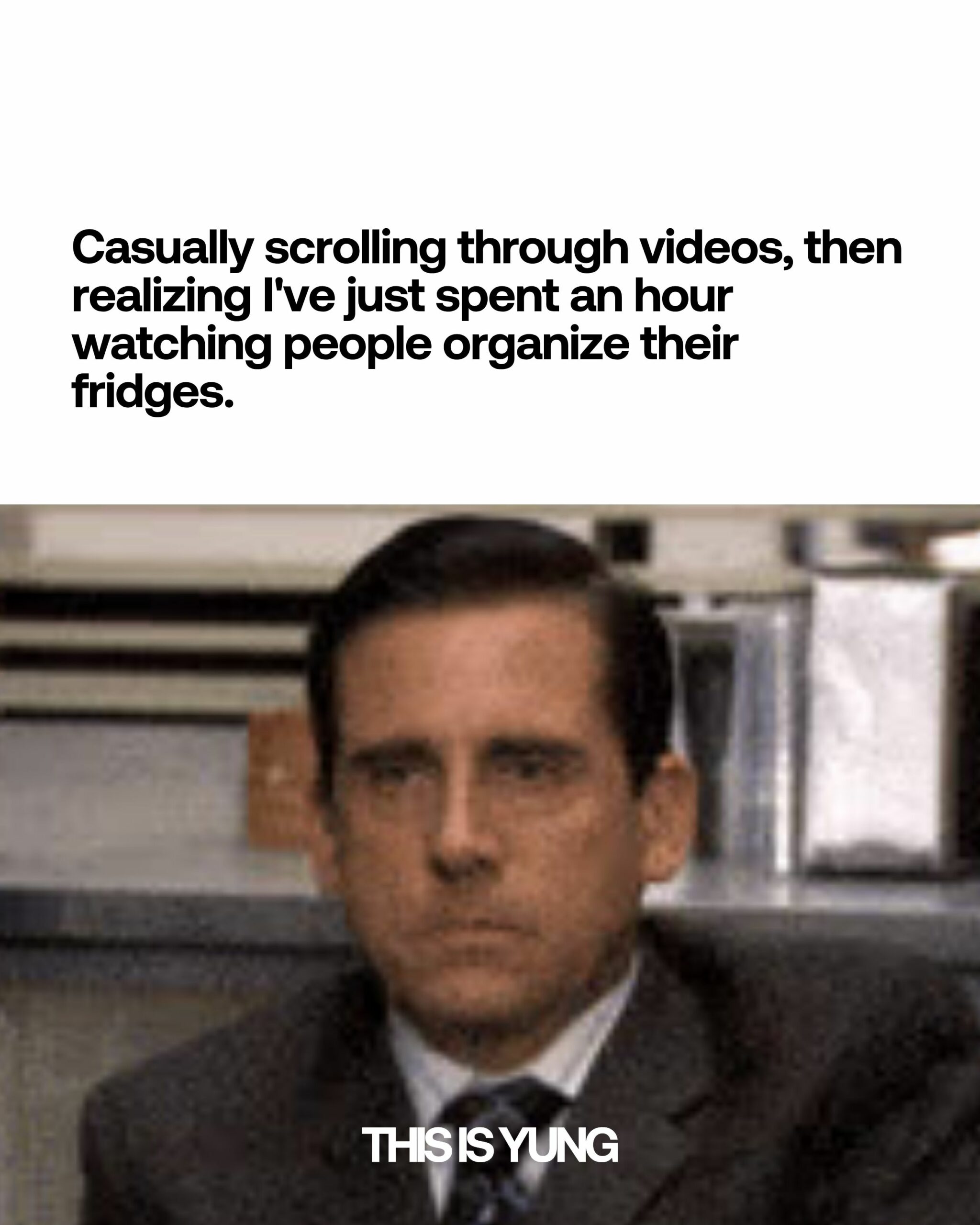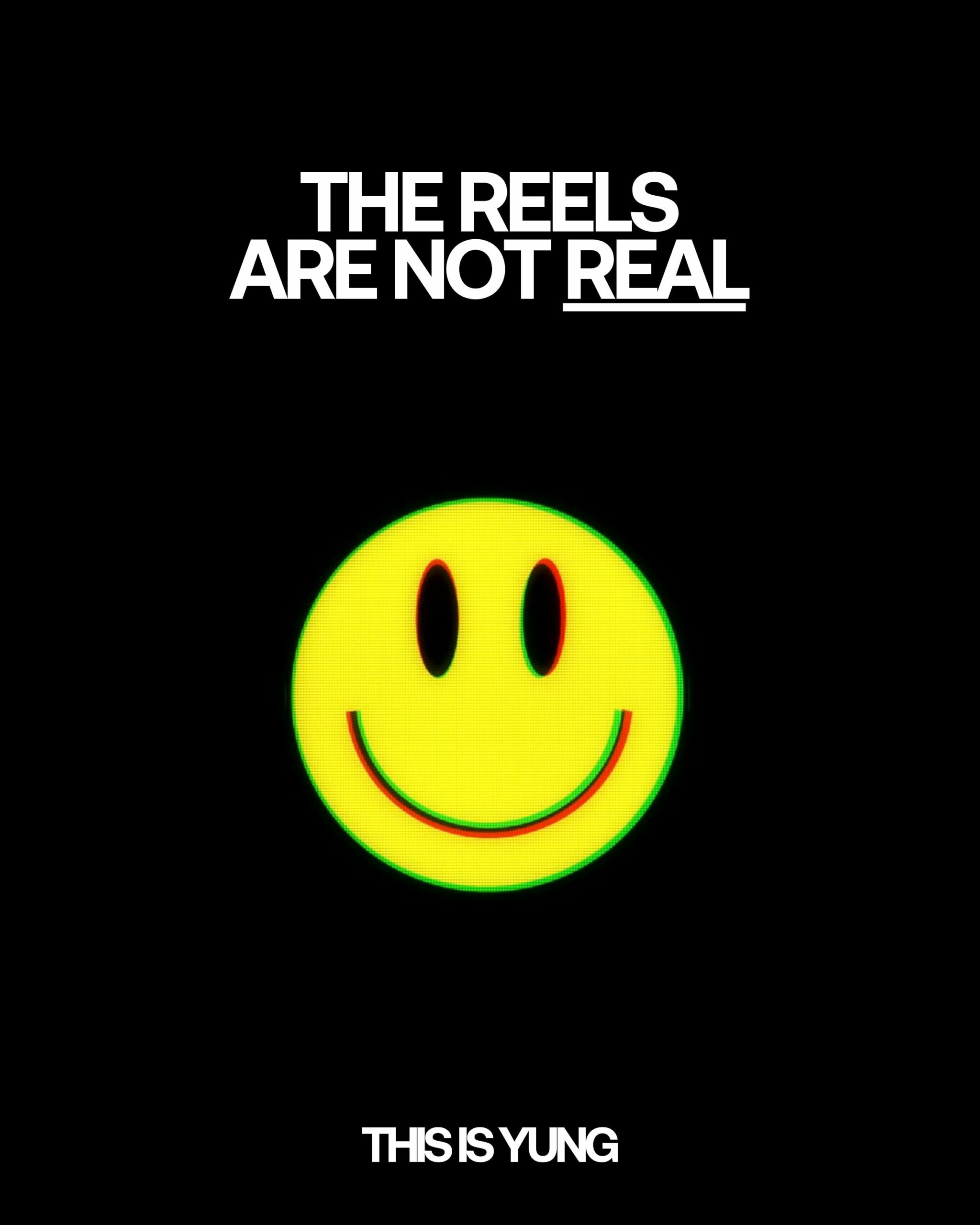Reels. They’re a problem. You always think you’re just taking a quick scroll break. Five minutes, ten tops. But suddenly, it’s dark outside, and you can’t remember a single thing you watched. Just that you feel emptier than before.
It’s a pattern a lot of us know too well. You open TikTok or Instagram Reels intending to unwind, just for a moment. Hours slip by, and when you finally look up, your mind feels foggy, overstimulated, and weirdly disconnected from yourself. It’s not just time that’s been taken from you. It’s also memory, depth, and the texture of your day.
These platforms and their content are not as innocuous as they may seem. They’re designed to hijack your attention—and your sense of time.
You always feel better when you’re on social media less. Your mind is clearer, your thoughts less scattered, your energy more your own. But there’s a catch. The moment you stop posting, engaging, scrolling, your numbers drop. Fewer likes. Fewer comments. Fewer people reaching out. And somewhere deep in your nervous system, that decline doesn’t feel like an algorithm shift. It feels like a true loss of value. Like a slow fade into irrelevance.
It’s a sick paradox. Social media makes you feel worse—but using it less somehow makes you feel worse too. That’s when it hits you: maybe the whole thing is a trick.

The Infinite Scroll Trick
Social media was engineered to keep us hooked. We all know this deep down. Each swipe brings a fresh dose of novelty, unpredictability, and stimulation—an endless stream of jokes, aesthetics, drama, how-tos and political hot takes. The platforms use algorithms that learn what we like and keep feeding it back to us.
These short-form videos are fast, punchy, and satisfying—in the same way fast food is. They give you the feeling of having consumed something, but leave you nutritionally hollow. You didn’t engage. You were just there, eyes open, brain half-on. And the more we watch, the more we crave. It’s a finely-tuned hijack of the brain’s reward system.
Your Brain on Reels
Watching Reels or TikToks activates a dopamine loop. Every new video, every unexpected plot twist, every shocking reveal is a potential dopamine hit. Your brain is wired to seek patterns and rewards, so it leans in, waiting for the next burst, which leaves us all overstimulated.
Over time, we begin to desensitize. Our tolerance for stillness, slowness, or depth lowers. It becomes harder to read a book. Harder to sit through a movie. Harder to be alone with our thoughts. We’re conditioned to expect constant novelty, and anything less feels like boredom—when in fact, boredom is often the birthplace of real thought and creativity.
And when you do finally log off, you feel foggy. Like time just disappeared. And in a way—it kind of did.
The Holiday Paradox and the Hollowing of Time
There’s a concept in psychology called the Holiday Paradox. It refers to the way time feels fast while you’re experiencing it, but long in retrospect—if the time was filled with new, memorable, or emotionally rich events. A week abroad might fly by while you’re in it, but when you look back, it feels expansive, detailed, and meaningful. That’s because your brain made memories. There was substance.
Real, meaningful time is textured. It has beginning and end, emotion and attention.
Now think of an hour spent watching Reels or TikToks. It feels fast when you’re in it. But afterward it feels like nothing. Empty. There are no real memories, no story, no depth. Just fragments. A blur of sounds and faces. That time is gone, and your brain can’t even tell you what happened.
That’s the real trick: reels steal time without us noticing. And because there’s nothing memorable about them, we don’t even realize how much time we’ve lost.

Short-Term Focus, Long-Term Cost
This kind of consumption also affects memory and attention. The rapid context-switching—the jump from video to video, each unrelated to the last—trains the brain to stay in a perpetual state of scanning. You’re not diving into anything; you’re skimming the surface, always moving. Studies have shown that this reduces our ability to transfer information from short-term memory into long-term storage. We’re not remembering what we consume.
Not only that, but we’re also weakening our prospective memory—the ability to plan and remember to do things in the future. That might be why you keep forgetting what you opened your phone for in the first place. Or why your to-do list seems harder to stick to. Your brain isn’t being allowed the space to breathe, to focus, to encode.
Digital Nutrition: What Are We Feeding Ourselves?
If we treated our digital intake like food, would we make different choices? Would we binge sugary, low-nutrient content all day and expect to feel energized and whole? Probably not. But we do exactly that with our media.
Digital nutrition is a concept that suggests we become more intentional with what we consume. Not everything needs to be a salad—sometimes we want dessert. But if all you’re eating is dopamine snacks, your mental health will feel the crash. Just like the body needs protein, fibre, and rest, the mind needs depth, stillness, and space.
Reclaiming Time, Reclaiming Self
So what can we do?
We start small. We notice. We question the urge to scroll. We pause. We remember that boredom is not a failure state—it’s a doorway to imagination. We create before we consume. We log our hours not as proof of productivity, but as witnesses to our own presence.
We build lives that feel full in both directions: rich in the moment, and meaningful in retrospect.
Hungry for more takes and think pieces like this one? Head over to our Art & Culture archives here and, perhaps, check our Insta. The content’s worth your time.












